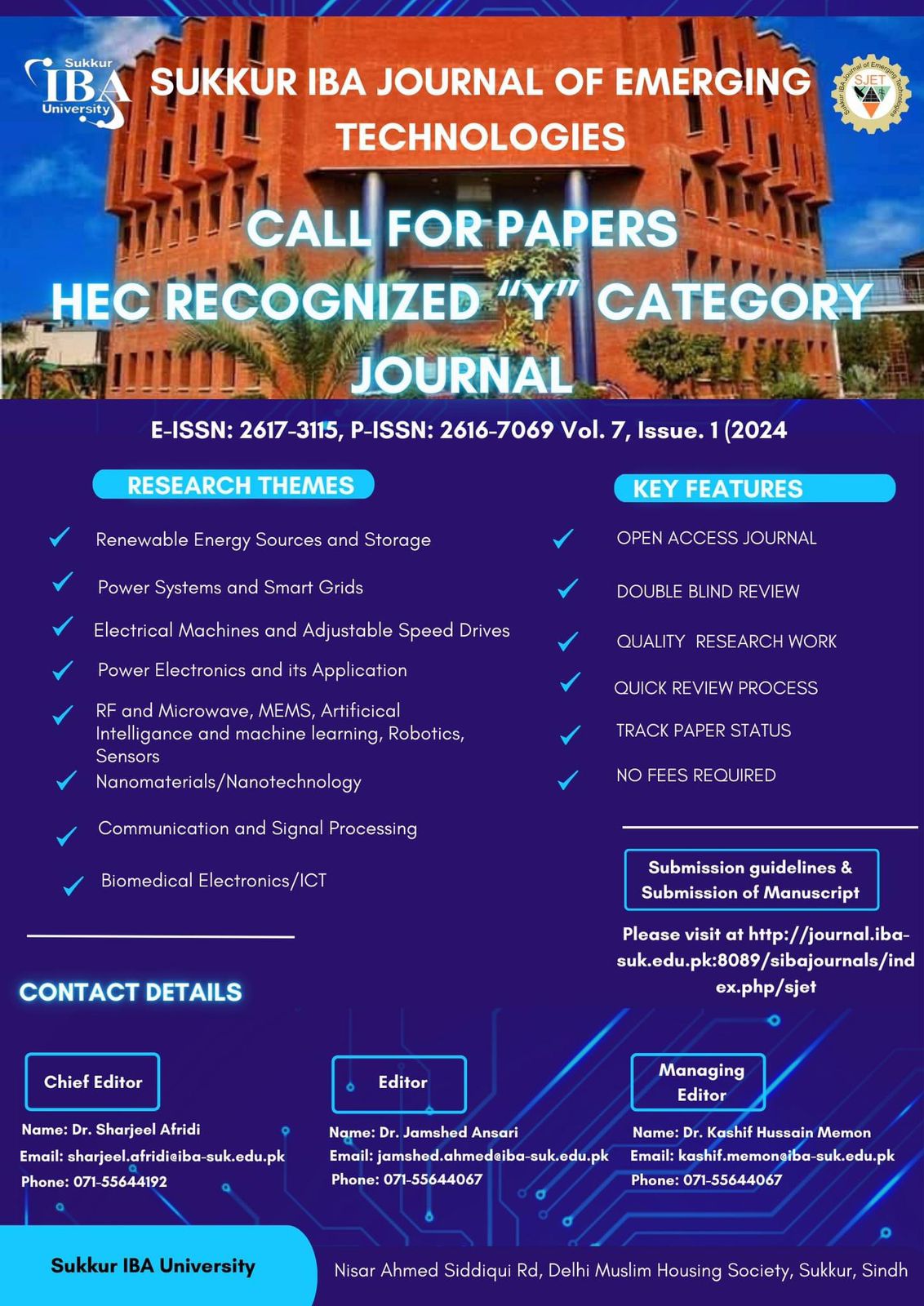Efficient Machine Learning Techniques to Classifying Cardiovascular Disease and Improve Prediction Analysis
DOI:
https://doi.org/10.30537/sjet.v6i2.1397Abstract
Cardiovascular Disease (CVD) account for a large portion of the global health burden and are one of the main causes of decease worldwide. In the classification and forecasting of CVDs, Machine Learning (ML) techniques have demonstrated encouraging outcomes. In this research report, a comparative analysis of classification and prediction models for CVD is presented, including both linear and ensemble ML approaches. The paper compares ensemble models like Catboost, Histogram Gradient Boosting Machine (HGBM), and Extra Trees against linear models like Gaussian Nave Bayes, SVM, and KNN. The objective is to identify the most effective CVD prediction model by assessing its performance through accuracy, precision, sensitivity and F1 score as key evaluation metrics. Moreover, results show that ensemble models outperform linear models using advanced techniques such as boosting and histogram-based algorithms. The results underscore the critical role ensemble models play in accurately diagnosing and predicting cardiovascular disease and provide important new information to researchers and healthcare providers. Using these models has the potential to significantly improve patient outcomes and health management by enabling early detection and intervention
Downloads
Downloads
Published
Issue
Section
License
Copyright (c) 2024 Sukkur IBA Journal of Emerging Technologies

This work is licensed under a Creative Commons Attribution-NonCommercial 4.0 International License.
The SJET holds the rights of all the published papers. Authors are required to transfer copyrights to journal to make sure that the paper is solely published in SJET, however, authors and readers can freely read, download, copy, distribute, print, search, or link to the full texts of its articles and to use them for any other lawful purpose.

The SJET is licensed under Creative Commons Attribution-NonCommercial 4.0 International License.












